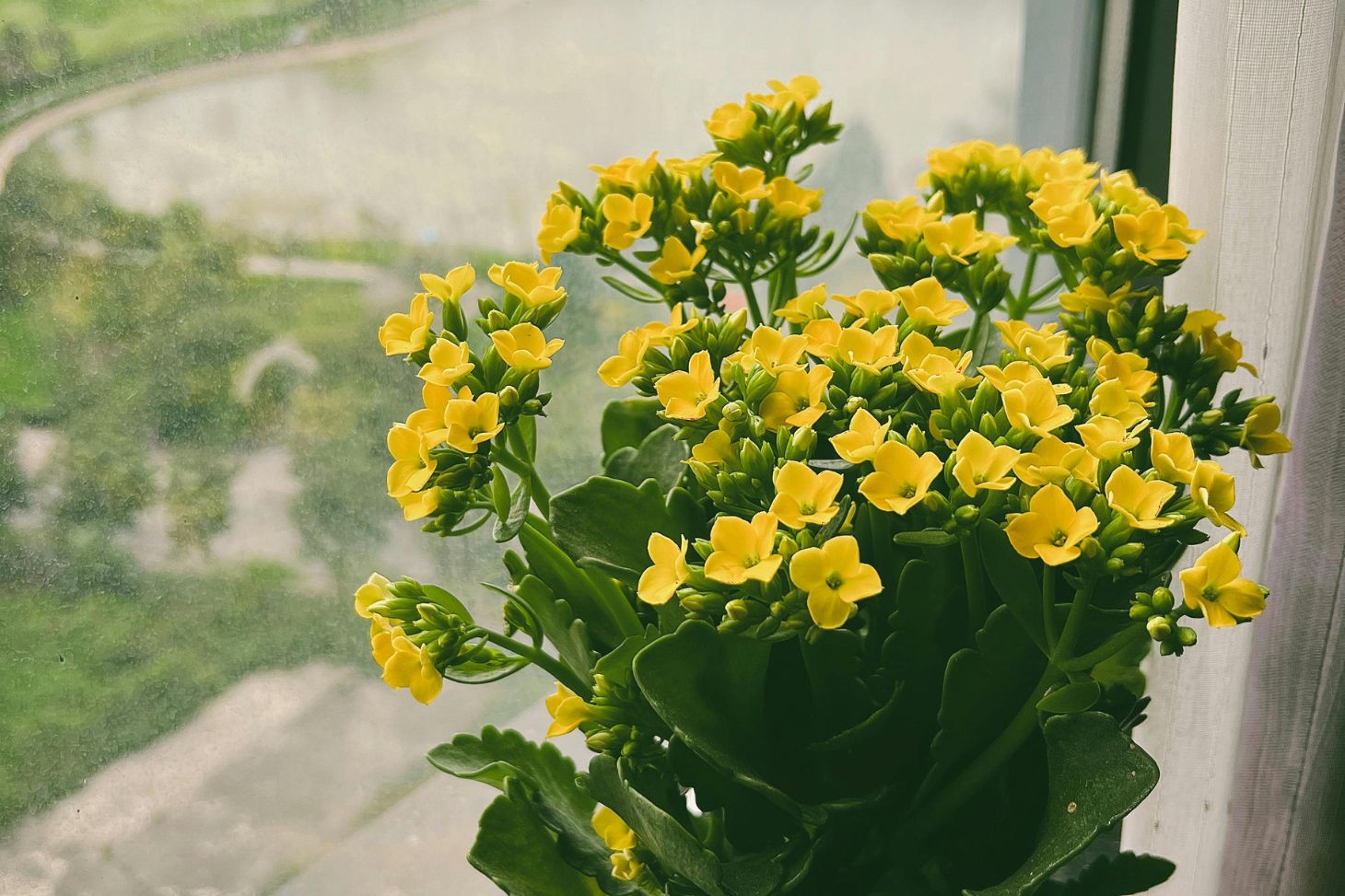Do All Succulents Flower?
Succulents are known for their unique shapes and low-maintenance care, but many people wonder if they ever produce flowers. Not all succulents flower, but most have the ability to bloom when they reach maturity and grow under the right conditions. Some may show off bright, colorful blossoms, while others focus more on their striking leaves and forms.
You may notice that some varieties bloom often, while others rarely do. Light, temperature, water, and age all play a role in whether your plant will send up a flower stalk. Certain succulents, like echeverias, are more likely to bloom regularly, while others may take years before showing any flowers at all.
Understanding what triggers these blooms can help you enjoy both the foliage and the flowers. By learning which types are more likely to flower and how to support them, you can give your plants the best chance to show their full potential.
Key Takeaways
- Not every succulent produces flowers, but many can under the right conditions
- Different types bloom at different times and in different ways
- Proper care increases the chance of seeing flowers on your plants
Do All Succulents Produce Flowers?
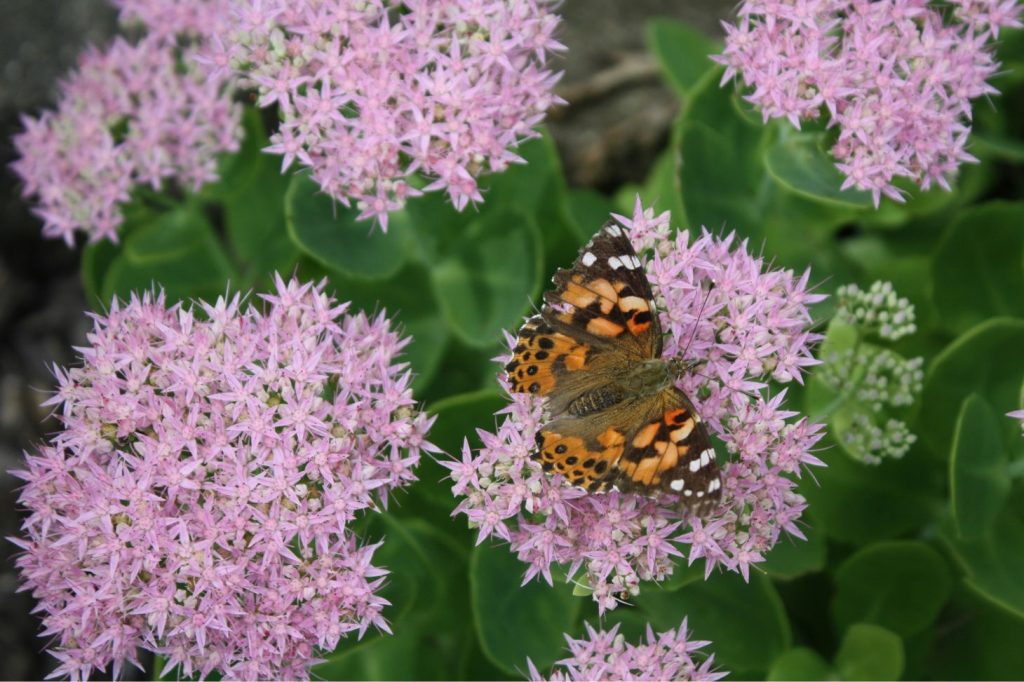
Not every succulent will bloom, and those that do often need the right mix of maturity, light, and care. Flowers serve a specific role in a plant’s life cycle, and understanding how and why they appear helps you care for your succulent arrangement with realistic expectations.
Factors That Influence Succulent Flowering
Succulent flowers usually appear when the plant reaches maturity. Some species may take only a few years, while others need a decade or more before producing blooms. Younger plants often focus energy on leaf and root growth instead of flowering.
Light plays a major role. Most flowering succulents need bright, direct sunlight for several hours each day. Indoor plants placed too far from windows may stay healthy but never bloom.
Watering and temperature also matter. Succulents that experience seasonal changes, such as cooler nights or dry periods, are more likely to trigger flowering. Overwatering or keeping them in constant, stable indoor conditions can prevent blooms.
Certain species rarely flower indoors at all. For example, jade plants may bloom indoors only under very specific conditions, while echeverias are more likely to send up flower stalks in the right light.
| Factor | Influence on Flowering |
|---|---|
| Age | Mature plants bloom more often |
| Light | Bright, direct sunlight encourages blooms |
| Watering | Balanced cycles support flowering |
| Temperature | Seasonal shifts can trigger blooms |
Common Myths About Succulent Blooms
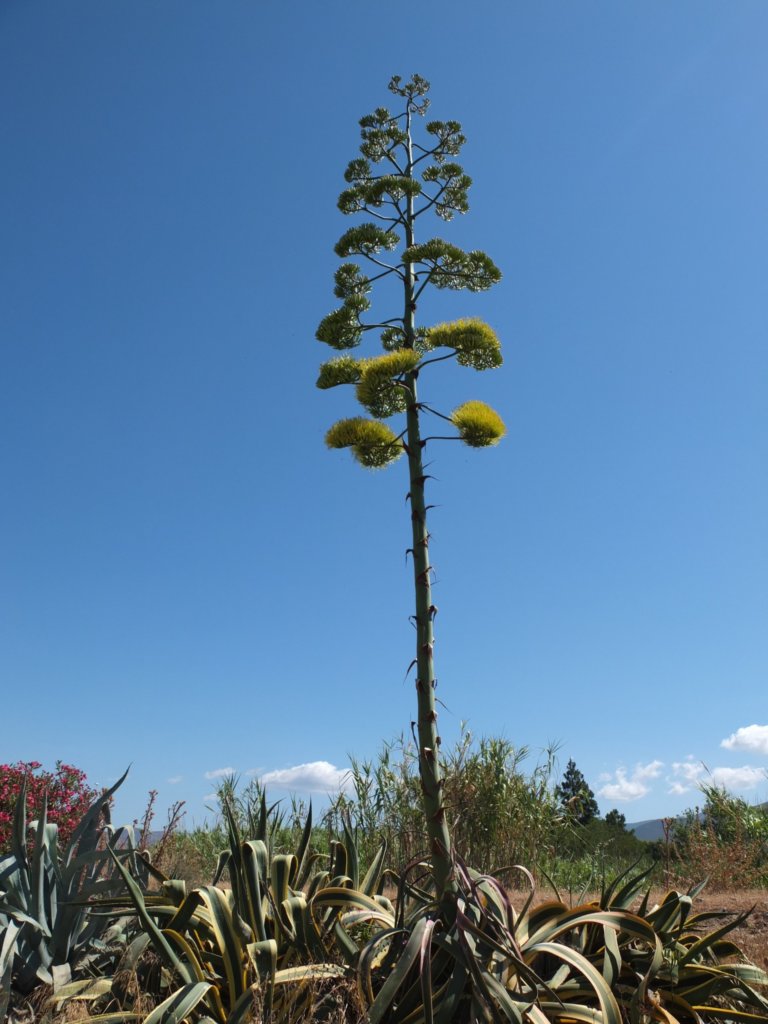
A common myth is that all succulents will eventually flower if you wait long enough. In reality, some species rarely bloom outside their natural habitat, no matter how well you care for them.
Another belief is that flowering means your succulent is unhealthy or stressed. While stress can sometimes trigger blooms, most flowers are a normal part of the plant’s reproductive cycle.
You may also hear that once a succulent blooms, it will always die. This is only true for monocarpic succulents, such as many agaves, which flower once and then die. Most succulents, like echeverias and kalanchoes, continue to grow and bloom again in future years.
It’s also untrue that fertilizer alone will force a succulent to flower. Nutrients help, but without proper light and maturity, blooms are unlikely.
Why Succulents Produce Flowers
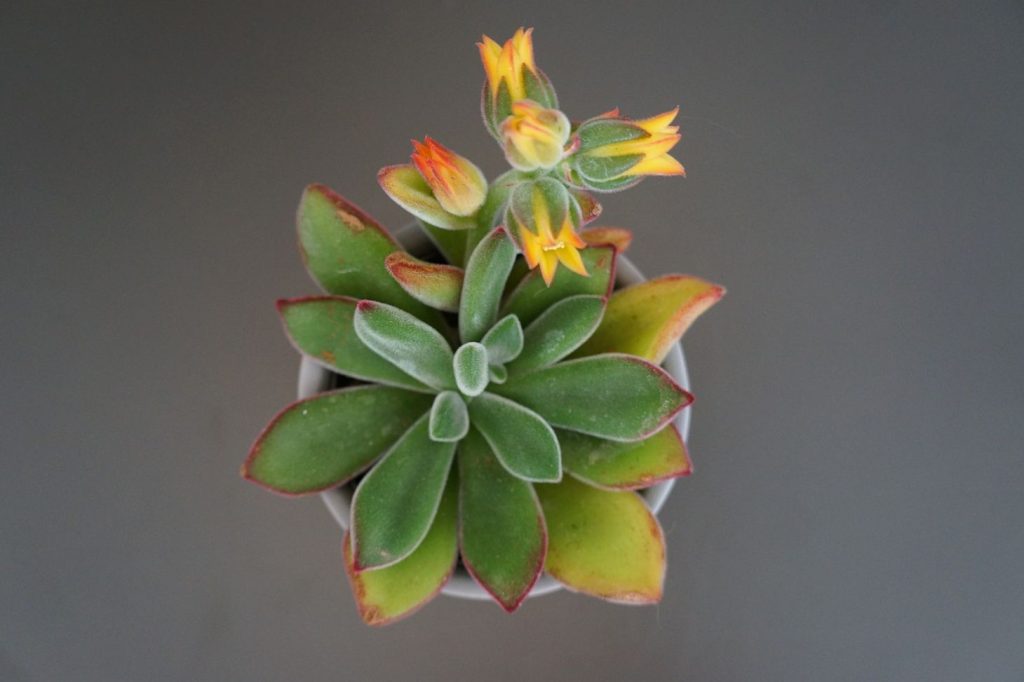
Succulent blooms serve a reproductive purpose. The flowers attract pollinators such as bees, moths, or birds, allowing the plant to produce seeds and ensure survival of the species.
In nature, flowering often happens during favorable seasons when pollinators are active. This increases the chance of successful seed development. Indoors, without pollinators, flowers may still appear, but seed production is less likely.
Succulent flowers vary widely in shape, size, and color. Some grow on tall stalks above the plant, while others appear close to the rosette. These differences help attract specific pollinators suited to each species.
For you as a grower, blooms are a sign that your succulent has reached a healthy stage of maturity. While not all succulents flower, those that do add variety and interest to your succulent arrangement, showing the plant’s full life cycle in action.
Types of Flowering Succulents
Some succulents bloom each year with little trouble, while others flower only once before dying. Different groups of succulents also produce very distinct blooms, ranging from small clusters to large, dramatic stalks. The way they flower often depends on their growth pattern and life cycle.
Perennial and Monocarpic Succulents
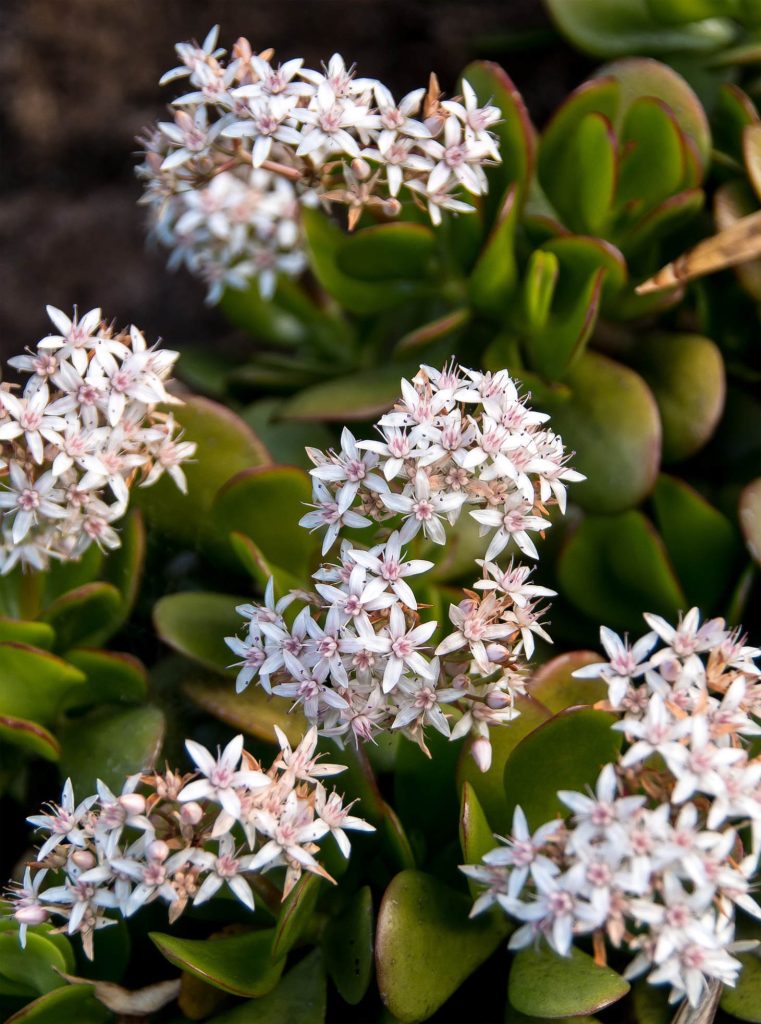
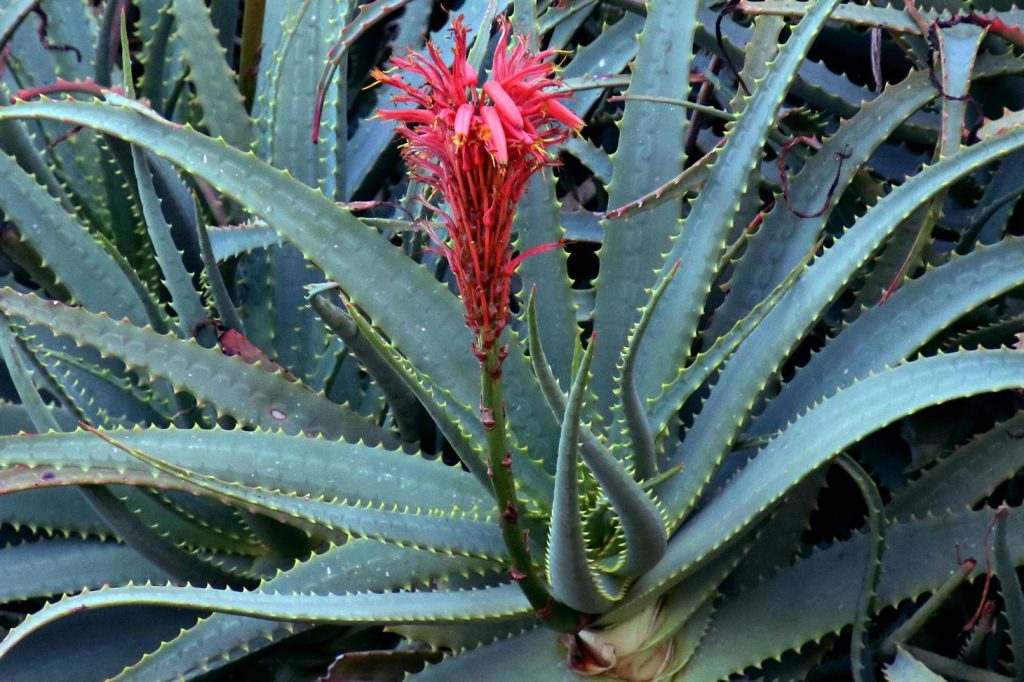
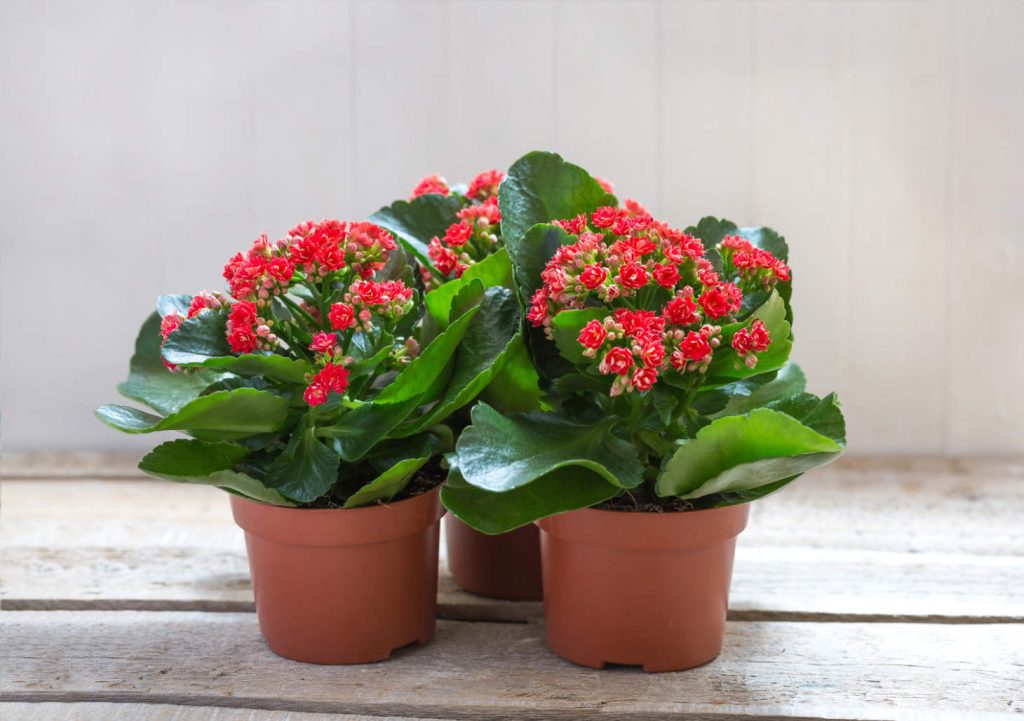
Not all succulents follow the same flowering cycle. Many are perennial bloomers, producing flowers year after year without harming the plant. Examples include crassula, aloe, and kalanchoe, which can continue to grow and bloom for many seasons if you provide enough light and proper care.
In contrast, monocarpic succulents flower only once in their lifetime. After producing a bloom, the main rosette dies, a process often called a death bloom. Common monocarpic plants include agave, aeonium, and sempervivum.
Although the main plant may die, offsets or “pups” often form around the base. These can continue the life cycle, giving you new plants even after the original rosette is gone. Knowing which type you have helps you plan for long-term growth.
Popular Flowering Succulent Genera
Several succulent groups are especially well known for their flowers. Echeveria often produces tall bloom stalks with bell-shaped flowers in shades of pink, orange, or yellow. Kalanchoe is valued for its clusters of small, colorful blooms that last for weeks indoors.
Aloe species, including the common Aloe vera, send up tubular flowers that attract pollinators. Senecio, such as the string of pearls, produces small white or cream-colored blooms with a cinnamon-like scent.
Unique Blooming Patterns
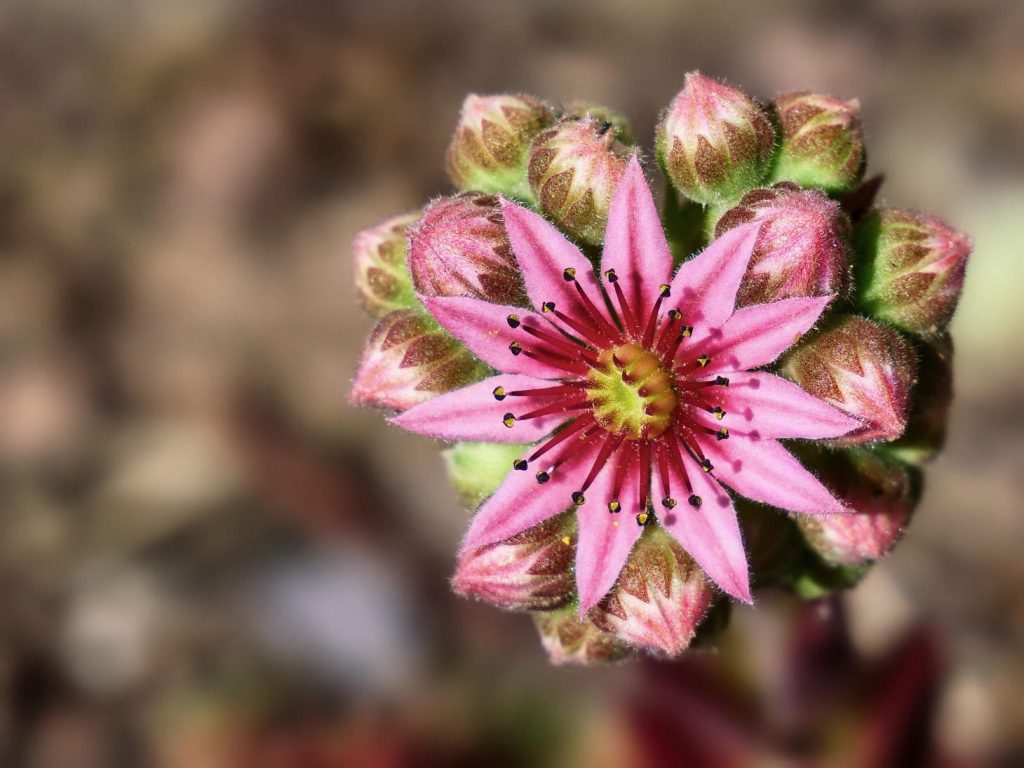
Flowering habits vary widely across succulent species. Some, like sempervivum, bloom only once, while others, such as crassula ovata (jade plant), bloom seasonally if given enough light and cooler winter temperatures.
Certain succulents require stress to trigger flowers. For example, echeveria often blooms after a period of bright light and limited watering. Agave can take years or even decades before sending up a tall flowering stalk.
Bloom timing also differs. Kalanchoe often flowers in winter or early spring, while aloe may bloom in mid-summer. Understanding these patterns lets you adjust care, such as watering and light exposure, to encourage healthy flowering.
Frequently Asked Questions
Succulent flowers depend on factors like light, water, temperature, and plant maturity. Some species bloom often, while others rarely do, and timing can change based on the growing environment.
What conditions encourage succulents to bloom?
You need to provide enough sunlight, usually several hours of bright light each day. Water on a proper schedule, letting soil dry between waterings, and avoid overwatering. A stable temperature with seasonal changes, such as cooler nights, also helps trigger blooming.
How often do succulent plants produce flowers?
The frequency depends on the species. Some succulents, like Echeveria, may bloom once or twice a year, while others may take years before flowering. Many only flower when they reach maturity, which can take several seasons.
Can all varieties of succulents produce flowers?
Most succulents have the ability to flower, but not all will do so in typical home conditions. Some varieties rarely bloom indoors, while others are more reliable. The chance of flowering depends on both the type of plant and how it is cared for.
What should I do if my succulent hasn’t flowered?
Check that your plant gets enough sunlight and is not overwatered. Make sure it has gone through natural seasonal changes, since many need a cooler rest period before blooming. Patience is important, as young plants often need more time to mature.
Are there specific seasons when succulents are more likely to bloom?
Yes, many succulents bloom in spring or summer when light levels are higher and temperatures are warmer. Some varieties, such as certain Aloes, may bloom in winter. The exact season depends on the species and growing conditions.
How can I tell if my succulent is about to flower?
Look for a flower stalk emerging from the center or side of the plant. The stalk often grows taller than the leaves and develops buds at the tip. You may also notice slower leaf growth as the plant directs energy toward flowering.

